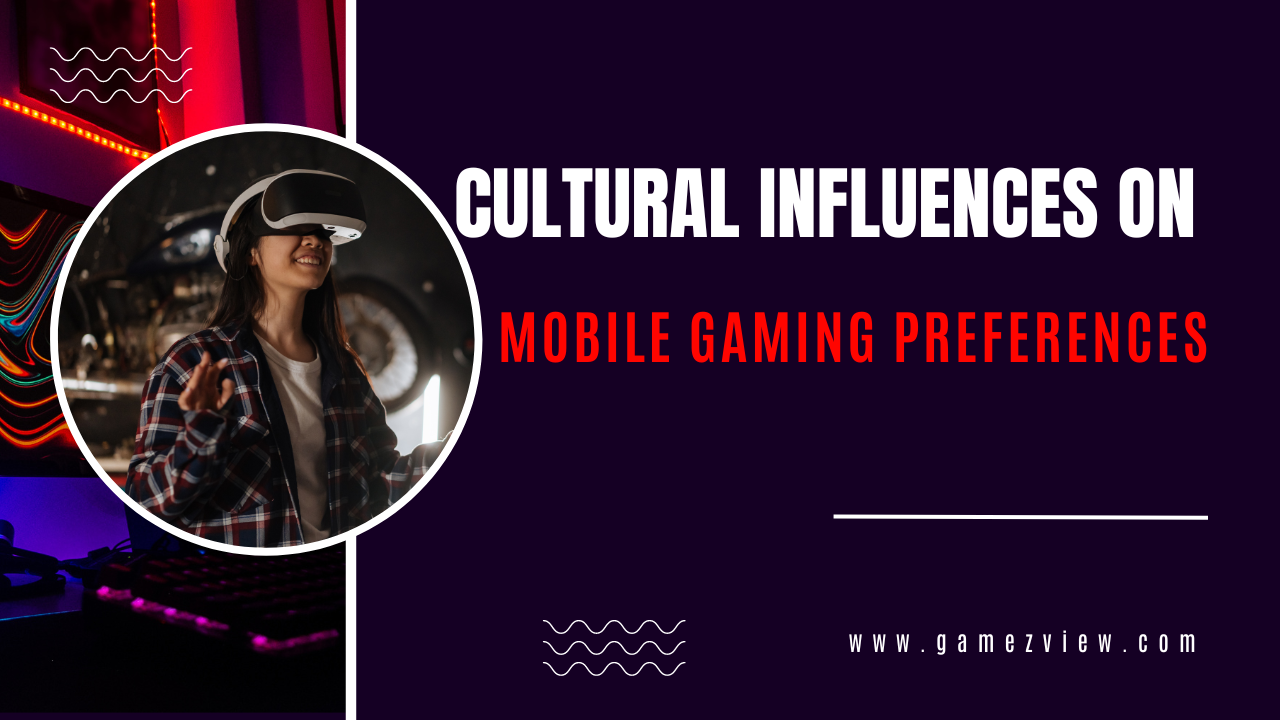In recent years, there has been a remarkable resurgence in the popularity of board games, coinciding with the continued dominance of video games in the entertainment industry. This resurgence has led to an intriguing intersection of board game and video game design, where elements of analogue and digital gameplay converge to create innovative and immersive gaming experiences. Let’s explore the crossroads of board games and video game design, where tradition meets technology in the world of gaming.
The Evolution of Board Games
Board games have a rich and storied history, dating back thousands of years to ancient civilizations such as Mesopotamia and Egypt. Over time, board games have evolved from simple pastimes to complex and strategic diversions enjoyed by people of all ages and backgrounds. In the modern era, traditional board games like chess and Monopoly have been joined by a plethora of innovative titles that push the boundaries of game design.
The transition from traditional to modern board games can be attributed to several factors, including advances in printing technology, changes in societal norms and tastes, and the influence of tabletop gaming enthusiasts. In recent years, the rise of crowdfunding platforms like Kickstarter has democratized the board game industry, allowing independent designers to bring their creative visions to life without the need for traditional publishers.
The Rise of Video Games
While board games have a long and venerable history, video games represent a relatively young medium that has quickly become one of the most popular forms of entertainment worldwide. From the early days of arcade cabinets and home consoles to the advent of mobile gaming and virtual reality, video games have continuously pushed the boundaries of technology and storytelling.
The emergence of video games as a dominant form of entertainment can be attributed to rapid advancements in computing power, graphics technology, and online connectivity. As gaming platforms and genres have proliferated, so too has the diversity of gaming experiences available to players, ranging from sprawling open-world adventures to intimate indie gems.
Commonalities Between Board Games and Video Games
Despite their differences in format and presentation, board games and video games share many common principles of game design. Both mediums rely on elements of strategy, competition, and social interaction to engage players and create immersive experiences. Whether playing a tabletop board game with friends or competing in an online multiplayer video game, players are drawn to the challenge of outsmarting opponents and achieving victory.
In recent years, there has been a growing trend towards the integration of digital components in board games, blurring the lines between analogue and digital gameplay. From companion apps that enhance gameplay to fully digital board games played on tablets or smartphones, technology has opened up new possibilities for innovation and creativity in board game design.
Cross-Inspiration: Board Games Influencing Video Games
One of the most intriguing aspects of the intersection of board games and video games is the cross-pollination of ideas and mechanics between the two mediums. Many video games have drawn inspiration from board game mechanics, incorporating elements such as resource management, tile placement, and worker placement into their gameplay systems.
For example, the popular video game series “XCOM” takes inspiration from tabletop strategy games like “Risk” and “Warhammer 40,000,” with players commanding a squad of soldiers in turn-based tactical battles. Similarly, the digital card game “Hearthstone” owes much of its success to the mechanics of traditional collectable card games like “Magic: The Gathering” and “Yu-Gi-Oh!”
Cross-Inspiration: Video Games Influencing Board Games
Conversely, video games have also influenced the design and themes of modern board games, leading to the emergence of hybrid games that blend physical and digital gameplay elements. These hybrid games often feature companion apps that provide additional content, manage game mechanics, or enhance the overall gaming experience.
For example, the board game “Mansions of Madness” utilizes a companion app to generate randomized scenarios, manage enemy behaviour, and provide atmospheric sound effects and music. Similarly, the tabletop role-playing game “Gloomhaven” features an integrated app that tracks campaign progress, manages monster behaviour and generates dynamic events.
Collaborative Design Practices
At the crossroads of board game and video game design, collaboration between developers from both mediums has become increasingly common. These partnerships often result in innovative games that combine the best aspects of analogue and digital gameplay, offering players a rich and immersive experience that transcends traditional boundaries.
For example, the board game “The Witcher Adventure Game” was developed in collaboration with the creators of the popular video game series “The Witcher,” allowing players to explore the richly detailed world of the novels and games in a tabletop setting. Similarly, the digital card game “Gwent” originated as a minigame within “The Witcher 3: Wild Hunt” before being expanded into a standalone experience.
Challenges and Opportunities
While the intersection of board games and video games offers exciting possibilities for innovation and creativity, it also presents unique challenges for developers. Technical and design challenges in bridging analogue and digital gameplay must be overcome, while intellectual property considerations and licensing issues can complicate collaborative projects.
Additionally, market trends and consumer preferences are constantly evolving, shaping the future of hybrid games and influencing the direction of game design. Developers must remain adaptable and responsive to these changes, while also staying true to their creative vision and passion for gaming.
Future Trends and Possibilities
Looking ahead, the future of hybrid gaming holds boundless potential for immersive and interactive experiences that combine the best elements of board games and video games. As virtual reality (VR) and augmented reality (AR) technologies continue to mature, we can expect to see new forms of gameplay that blur the lines between the physical and digital worlds.
The convergence of VR and AR with board and video games promises to unlock new levels of immersion and interactivity, allowing players to step into fully realized virtual worlds and engage with digital content in ways never before possible. Whether exploring fantastical realms, battling against friends in epic multiplayer showdowns, or embarking on thrilling adventures with companions, the future of gaming is limited only by our imagination.
The crossroads of board games and video games represent a fertile ground for innovation and creativity in the world of gaming. As analogue and digital gameplay converge, developers have the opportunity to create immersive and engaging experiences that appeal to a broad audience of players. By embracing the shared principles of game design and collaborating across mediums, we can look forward to a future filled with exciting new possibilities at the intersection of board game and video game design.








